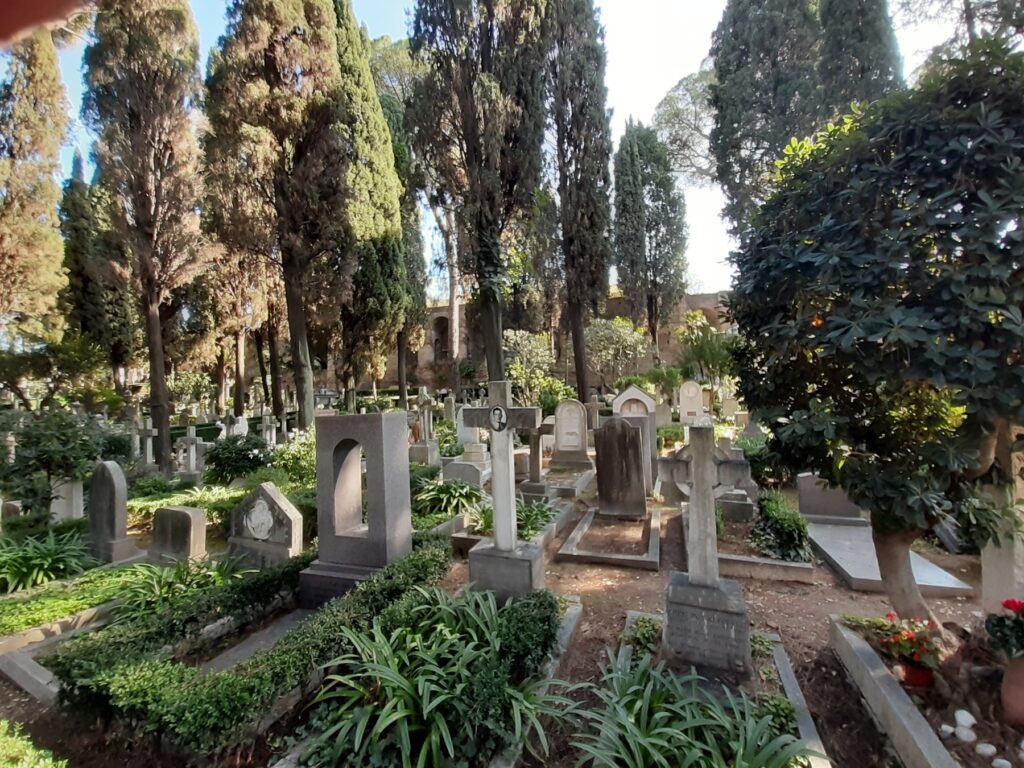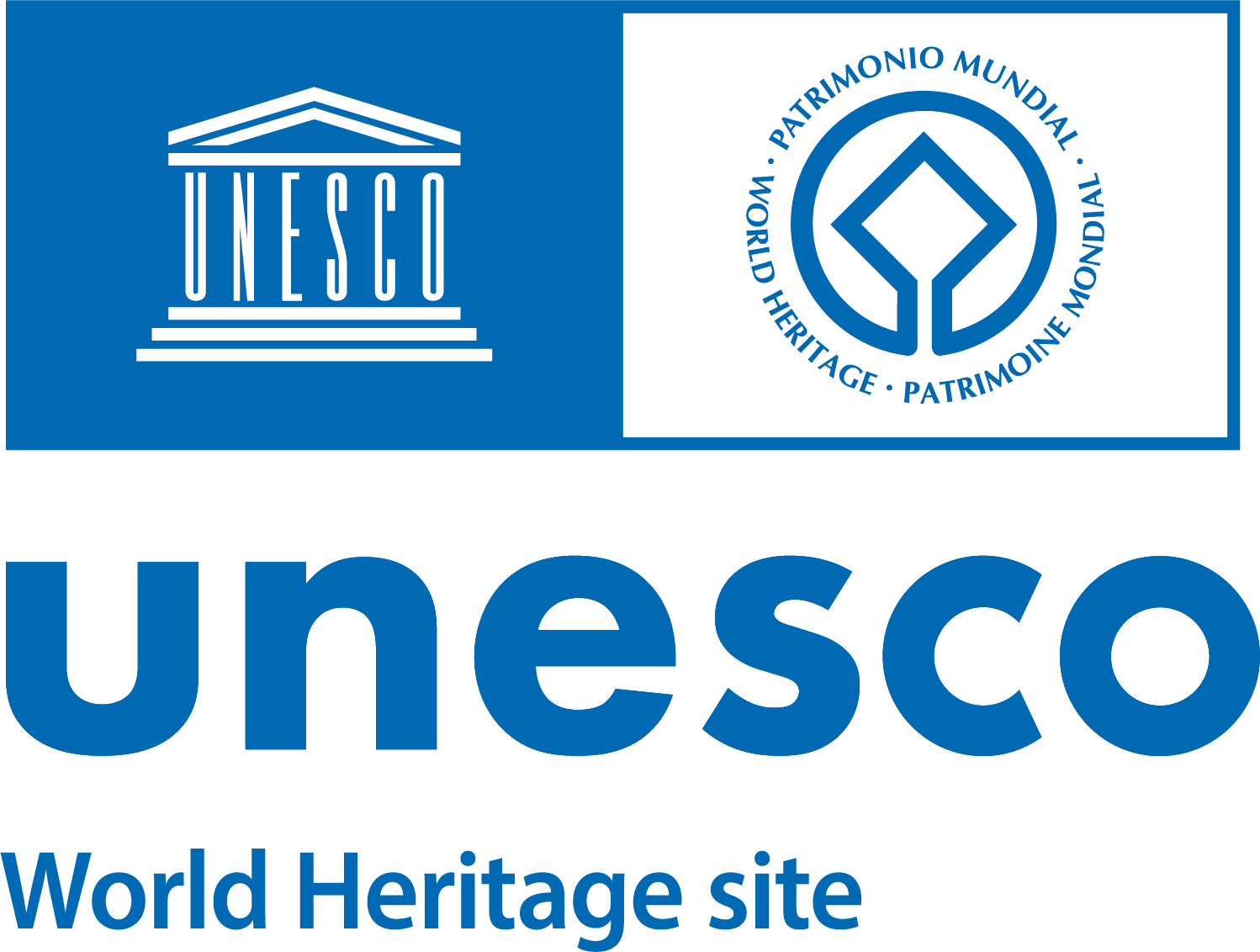The burial area, reserved for non-Catholics, has been documented since 1716. Since ecclesiastical regulations forbade the burial of Protestants, Orthodox Catholics and Jews in consecrated ground, Pope Clement XI first granted permission for the placement of the graves of exiled English members of the Stuart Court, a permission later extended also to young travellers who died while on the Grand Tour. In 1821, the pope granted a large plot of land adjacent to the oldest area to build the “new cemetery”. The last of the extensions dates back to 1894, with the purchase by the German Embassy of some 4,300 square metres of land, on which a chapel was erected in 1808. Some of the most eminent artists, writers, and scholars buried here include John Keats, Percy Shelley, Antonio Gramsci, Carlo Emilio Gadda, August von Goethe, and Andrea Camilleri. In 1918 it was declared a Monumental Area of National Interest.



